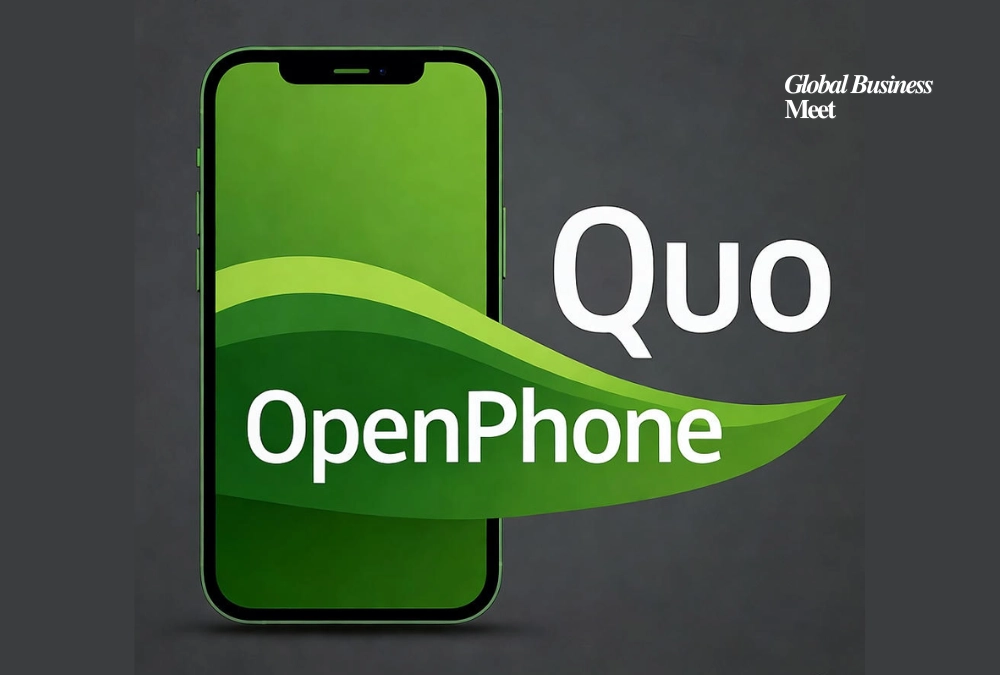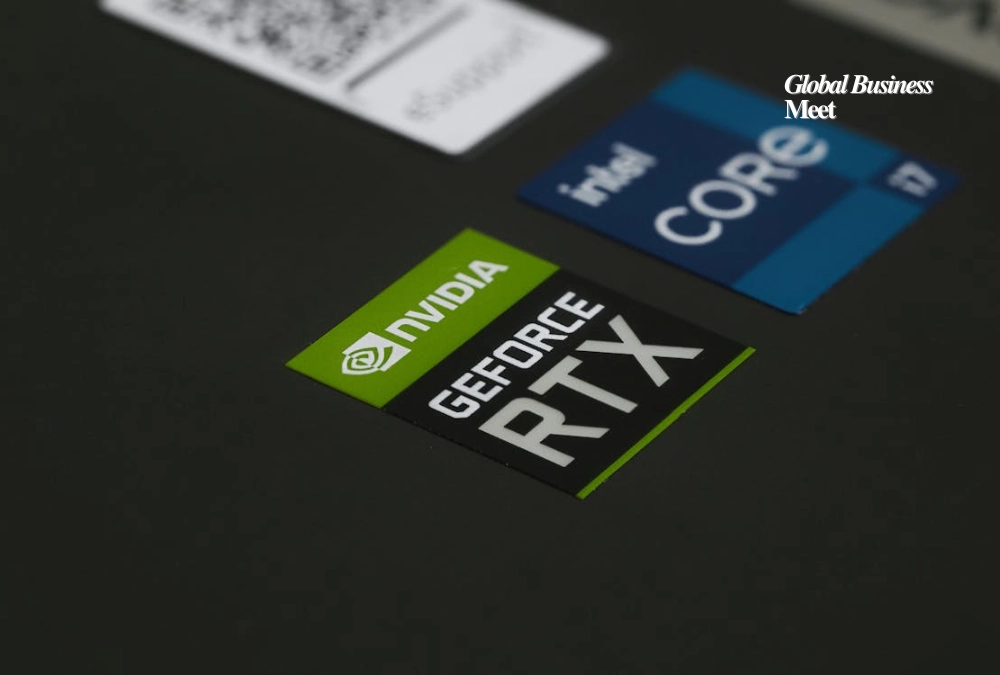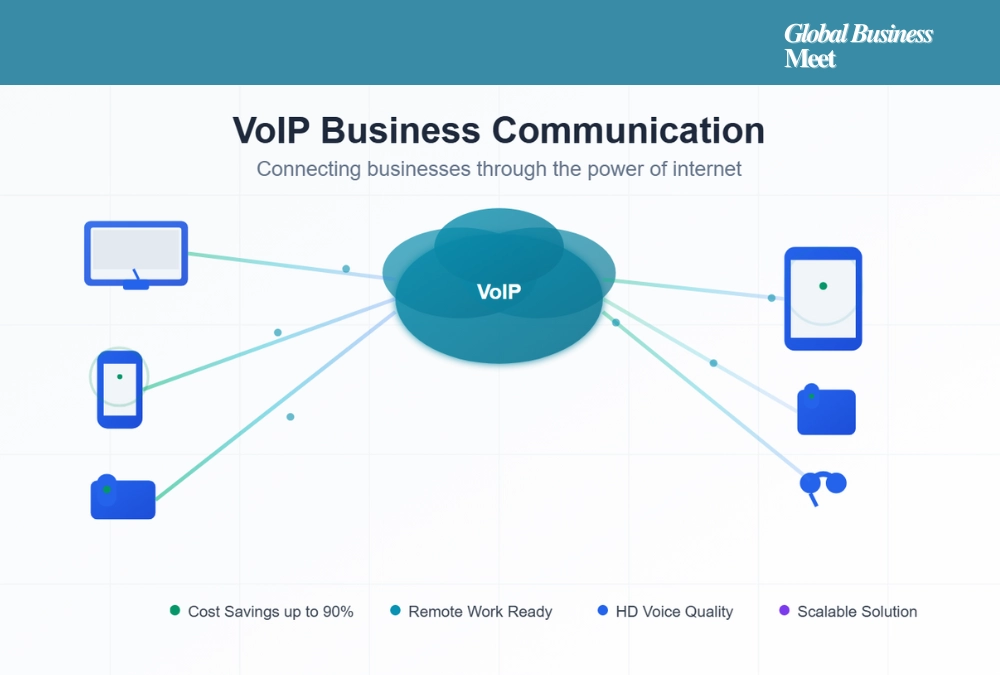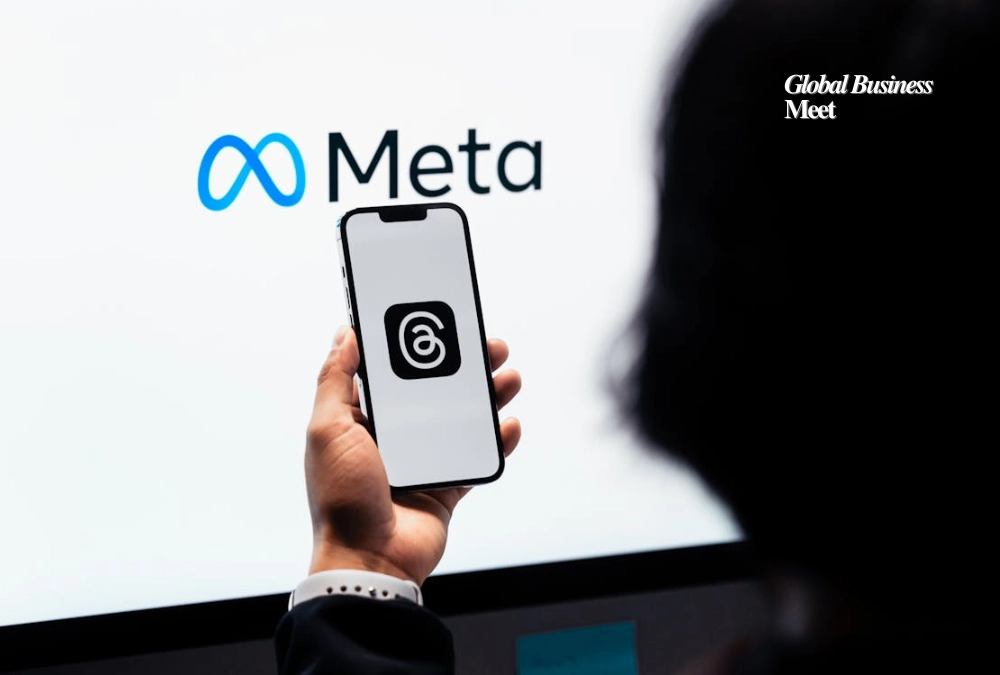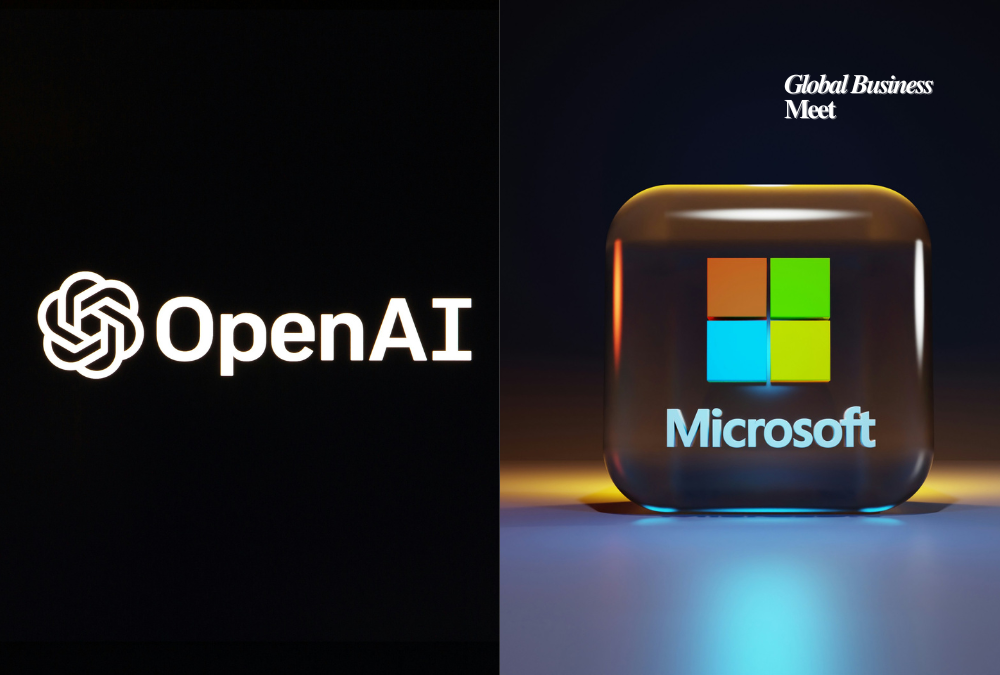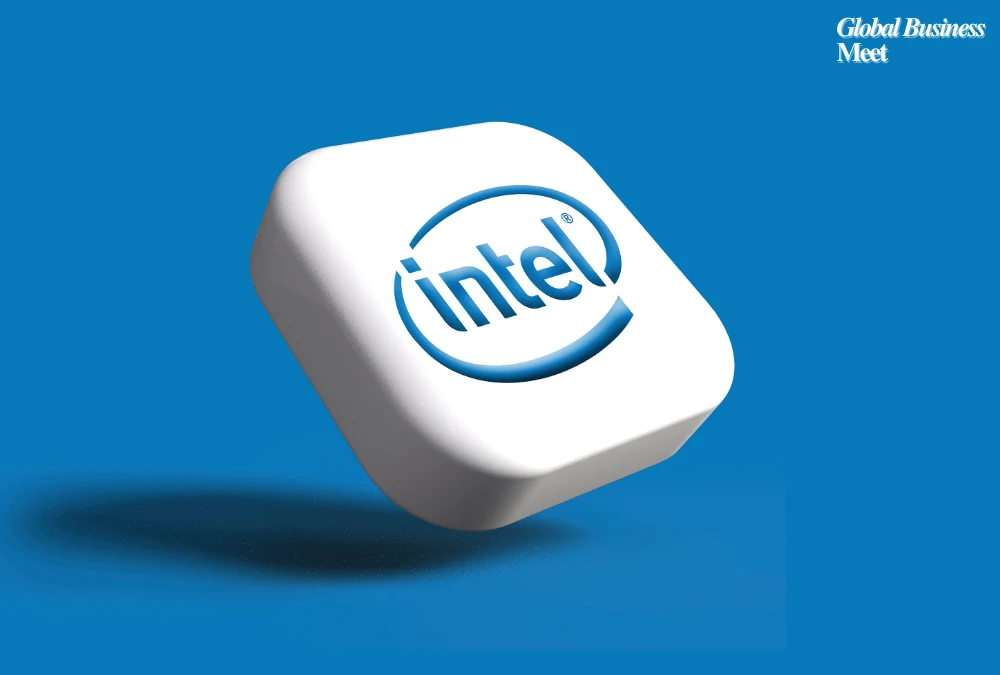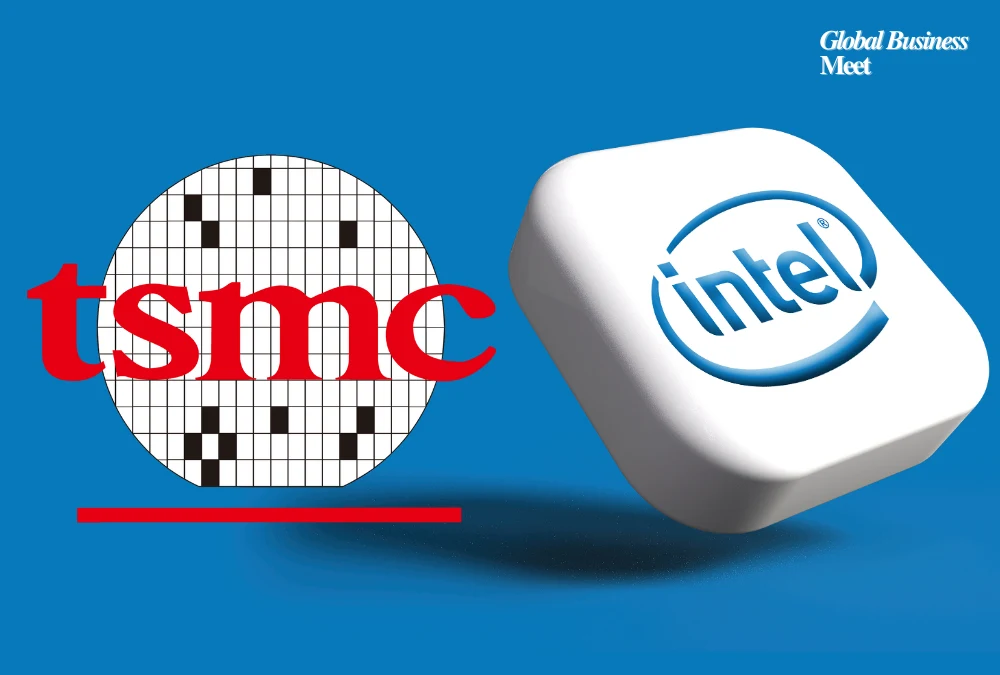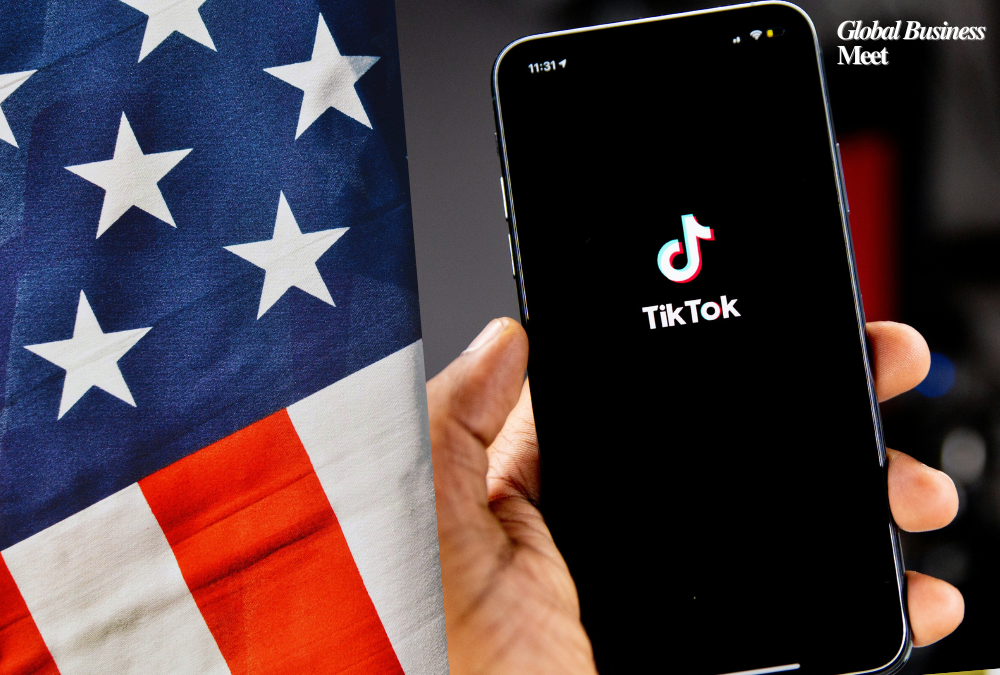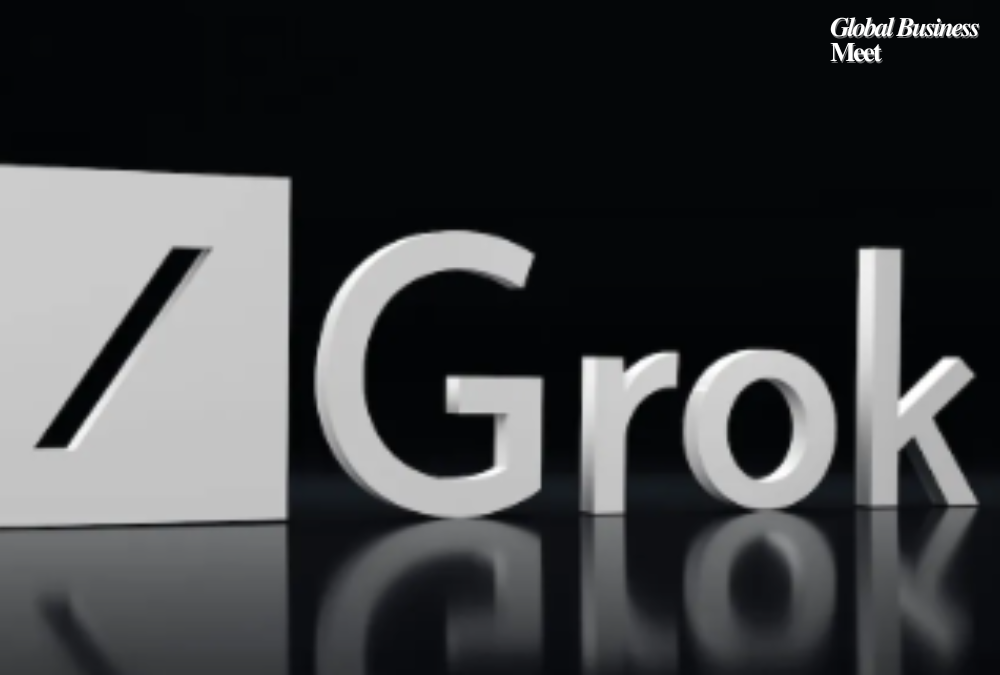
Google is bringing its AI-powered app creation tool, Opal, to a much wider global audience. The company announced that the platform, originally launched in the United States, is now available in 15 additional countries including Canada, India, Japan, South Korea, Vietnam, Indonesia, Brazil, Singapore, Colombia, El Salvador, Costa Rica, Panama, Honduras, Argentina, and Pakistan.
The expansion marks a significant step in Google’s push to democratize app development, enabling users with little to no coding experience to design and deploy simple applications directly from text prompts.
Early Adoption Surpassed Google’s Expectations
When Opal first launched in the U.S. in July, Google expected users to experiment with lightweight, playful tools. However, the company was surprised by the level of innovation and sophistication that quickly emerged.
“When we opened up Opal to users in the U.S., we anticipated they might build simple, fun tools,” said Megan Li, a senior product manager at Google Labs. “We didn’t expect the surge of sophisticated, practical, and highly creative Opal apps we got instead. The ingenuity of these early adopters made one thing clear: we need to get Opal into the hands of more creators globally.”
This enthusiastic response from early users motivated Google to accelerate its rollout, extending Opal’s availability to a global audience of creators, developers, educators, and businesses.
Building Apps with Just a Text Prompt
Opal simplifies the process of app creation by transforming natural language prompts into functional web applications. Users simply describe the type of app they want to build, and Opal’s backend models take care of the heavy lifting.
Once the basic version of the app is generated, users gain access to a visual editor that displays the workflow of inputs, outputs, and generation steps. Each element of this workflow is fully customizable. Users can review or edit existing prompts, add new components, or even rearrange the app’s logic with a few clicks.
After refining the app, users can publish it directly to the web and share a link so others can access and test it through their Google accounts. This makes Opal particularly appealing for prototyping tools, internal apps, and educational projects.
Major Improvements to Debugging and Workflow
Alongside the global expansion, Google is rolling out several updates aimed at improving Opal’s functionality and user experience. One of the most notable changes is an upgrade to the debugging process.
While Opal remains a no-code platform, users now have the option to run their workflows step by step, helping them identify and resolve issues more easily. Errors are displayed directly in the editor at the point where they occur, giving users immediate context and reducing the trial-and-error process.
In addition, the performance of Opal’s backend has been significantly enhanced. Google reports that app generation times, which previously took up to five seconds or more, have been cut down considerably. This faster performance helps users get their projects started more quickly and iterate more efficiently.
Parallel Execution for Complex Workflows
Another major enhancement is the ability to run multiple steps in parallel, a feature designed for more complex workflows. This update allows users to execute different parts of their application simultaneously rather than sequentially, significantly improving performance for apps that involve multiple data streams or processes.
This feature also opens up new possibilities for advanced users who want to push Opal beyond basic prototypes, such as building multi-step automation tools or AI-driven applications that require concurrent processing.
Google Joins the Growing No-Code Movement
With the introduction of Opal, Google joins a growing field of companies like Canva, Figma, and Replit that are building no-code platforms for app creation and prototyping. These tools are aimed at a broad audience, from designers and educators to entrepreneurs and small businesses, who want to bring their ideas to life without relying on professional developers.
By expanding Opal globally and improving its core features, Google is positioning itself as a leader in this rapidly growing segment of AI-powered creativity and productivity tools. As more people gain access to Opal, the variety and complexity of apps built on the platform are likely to increase, further blurring the line between professional development and user-generated innovation.
A New Era of App Creation
Opal’s global expansion and new features mark a significant milestone in the evolution of AI-assisted software development. By empowering users worldwide to build and deploy functional apps without writing code, Google is not only broadening access to technology but also encouraging a new wave of innovation.
With faster performance, improved debugging, and support for complex workflows, Opal is poised to become a cornerstone tool for creators and businesses looking to experiment with AI and app development in a more accessible and intuitive way.



